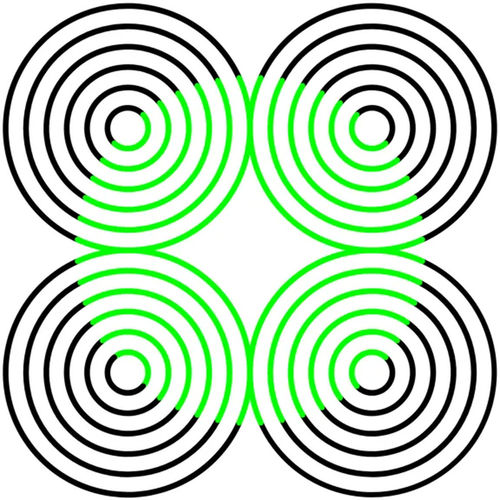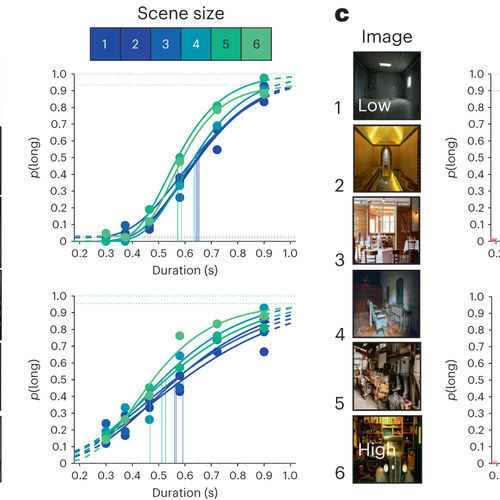
| Added | Mon, 06/05/2024 |
| Источники | |
| Дата публикации | Mon, 06/05/2024
|
| Версии |
German neuroscientists from the University of Tübingen have learned what happens in the brain when optical illusions are perceived. They studied the processes of processing visual information in the brain in laboratory mice. The study was published in the scientific journal Nature Communications (NatComms).
The scientists used a type of optical illusions based on color contrast. The selected image represented patterns of thin lines on a solid white background. Some of these patterns were painted in light green. Due to this, the brain perceived the light green lines as part of a solid figure with clear boundaries — in this case, a circle. The closed shape also looked brighter than the surrounding stripes.
In fact, the "circle" does not have a closed contour, and its center is white, not light green.
Scientists showed mice images with optical illusions and similar drawings without an illusory effect, tracking reactions in the visual cortex of animals.
The visual cortex consists of six layers of neurons, numbered from V1 to V6. Each level is responsible for processing various features of the images. In this case, V1 neurons read the base layer of data, and the remaining layers belong to the higher visual regions.
It turned out that the neurons of layer V1 perceive both illusory and non-illusory regions. But in the first case, it takes longer to react. This means that when encountering an illusion, the V1 layer turns to the higher visual areas, which help it process and complete the image.
When scientists suppressed the activity of neurons in higher visual regions, the mice stopped responding to illusions.
According to the researchers, their discovery allows for a better understanding of the mechanisms of consciousness and visual data processing.
Новости со схожими версиями
Log in or register to post comments








